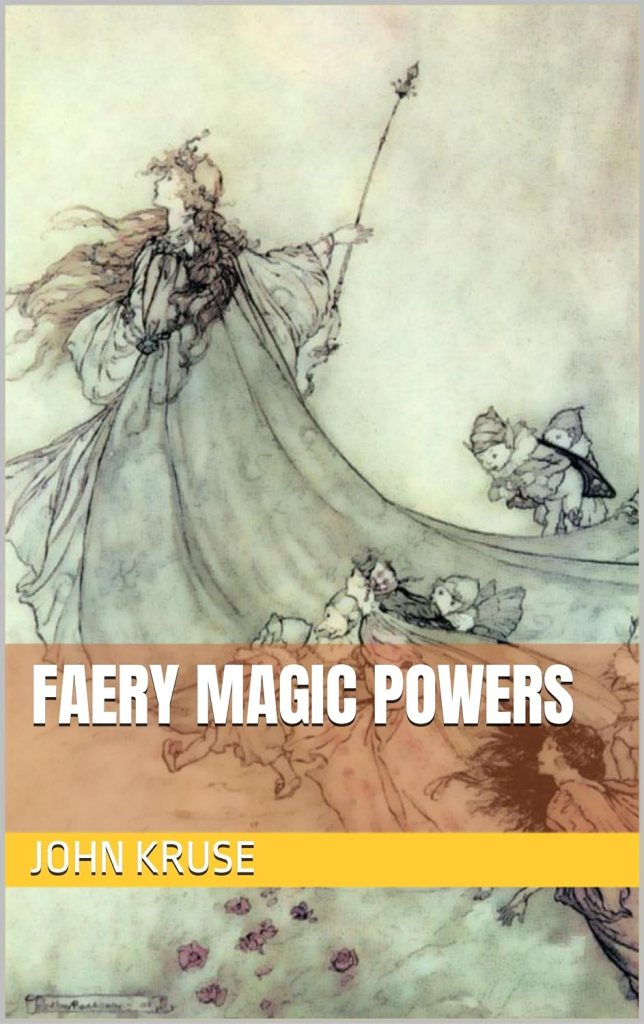
Like any people, the faeries are not perfect. There are bad individuals and good; most individuals can display bad behaviour as well as good. Sex is an abiding interface between humans and faes and, inevitably probably, it becomes a forum for misconduct.
From North Uist in the Outer Hebrides comes this story. A girl who was out herding cattle disappeared one night. When she eventually returned home, she was unaware that there had been any absence at all. In due course, it became apparent she was pregnant. Although the family might well have suspected that the unexplained night away was spent with a local youth, the birth showed differently. The baby was small and dark and a local wise woman advised the family to take the child to a nearby dun (ancient fort). The girl’s father did as was suggested and laid the infant outside the mound. The baby cried out as he set it down on the grass and immediately a man who was only four feet tall emerged from the knoll, picked it up and carried it inside, promising the child deer and cow’s milk. Very evidently, the girl had been raped by a faery man, and the event blacked out from her mind afterwards. The father had now reclaimed had own. It’s worthwhile noting as well the similarity here to changeling stories: to banish the imposter elf-child, it was common practice once to expose the infant outside, often at a faery-connected site. In those cases- just as in the tale of the North Uist mixed race baby- the underlying knowledge was that the faery folk would come to rescue their kin and would not permit it to suffer.

The North Uist case is not means unique. Selkie men also seem prone to impregnating human women, but they also have a habit of then abandoning them- and their children. In one Shetland story, a girl gathering shell-fish on a beach fell asleep in a cave after sitting down to eat her lunch. Some months later she discovered she was pregnant. This she explained by the fact that, as she had wandered along the beach that day, she had been watched by a seal floating just offshore. It would seem that this creature had, in fact, been a selkie and that he had taken advantage of her sleep to rape her. The best we can say about the selkie’s conduct is this: the girl subsequently dreamt that, if she went to a nearby sea inlet, she would find silver coins that would pay for the child’s upbringing.
It’s an unattractive, but nevertheless unavoidable, truth that the faeries can view humans as chattels- fair game for kidnap, sex or other exploitation. This sits ill with more recent ideas that they are a benevolent people always keen to help us, but the weight of British tradition is against this. Had it been otherwise, as I’ve described before, we mortals would not have accumulated our armoury of ways of protecting ourselves against them- the spells, prayers, charms and tricks that are such a feature of faery lore.











